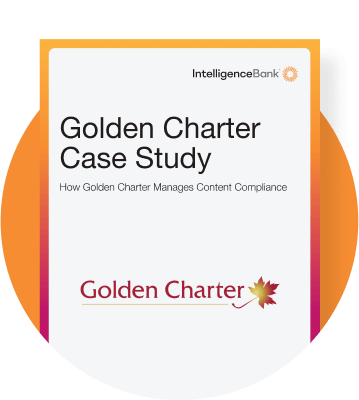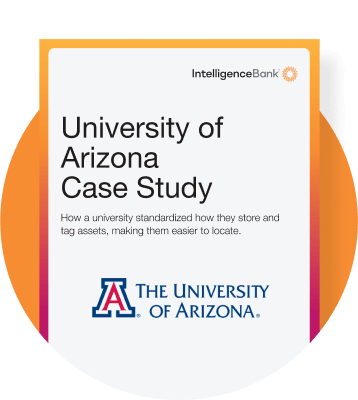In financial services, compliance isn’t just a best practice – it’s a requirement. FINRA Rule 17a-4 is one of the most important and specific regulations financial services firms must follow when it comes to how records are stored, retained and accessed.
As the volume of digital communication and marketing materials continues to grow, so does the scrutiny around how those records are managed. If your business is subject to SEC or FINRA oversight, understanding the technical and operational requirements of this rule is essential.
This guide explains what FINRA Rule 17a-4 is, what it requires and how to approach compliance with confidence.
What is FINRA Rule 17a-4 and What Does it Cover?
FINRA Rule 17a-4, which mirrors SEC Rule 17a-4, governs the way regulated firms must manage the retention and preservation of key business records. It doesn’t just define what needs to be kept (that’s covered under Rule 17a-3) – it defines how those records must be stored.
The rule applies to a wide range of documents, including:
- Trade confirmations and transaction records
- Account statements and customer communications
- Written supervisory procedures
- Advertising and marketing materials (including digital content)
- Internal communications related to business operations
Critically, it sets expectations around retention timeframes, access, integrity, and auditability of electronic records.
Who Needs to Comply With FINRA Rule 17a-4?
Rule 17a-4 applies to:
- Broker-dealers
- Investment banks
- Registered securities firms operating under FINRA
- Any organization that maintains records required under SEC rules and FINRA oversight
Compliance responsibilities usually span across departments, including:
- Compliance and legal teams responsible for policy and enforcement
- Marketing teams producing and publishing regulated content
- IT teams maintaining the systems where data is stored
If you’re unsure whether your firm is subject to Rule 17a-4, it’s worth reviewing with a compliance consultant or legal advisor – many firms fall under its jurisdiction without realizing the full scope.
What are the Compliance Requirements of FINRA Rule 17a-4?
To comply with Rule 17a-4, firms must ensure that electronic records:
- Are retained for regulator-defined periods – most records must be kept for three or six years depending on their category. For example, customer account records are typically held for six years, while advertisements may be retained for three.
- Are stored in a format that cannot be altered or deleted – this means records must be preserved in a non-rewritable, non-erasable format. This requirement ensures the integrity of the record from the time it is created or received.
- Are searchable and indexed – firms must be able to quickly retrieve records and provide them upon request. Indexing is key to this, ensuring metadata is stored alongside the records.
- Are accessible and human-readable – records must be viewable without needing proprietary software and must be available for inspection by regulators.
- Are duplicated and backed up – records must be preserved in duplicate, with at least one copy stored separately to protect against data loss.
- Have access oversight and audit logs – firms should maintain detailed logs of who accessed or modified a record, and when. This helps verify compliance and accountability.
Why is FINRA Rule 17a-4 Compliance Important?
Non-compliance with Rule 17a-4 can result in enforcement actions, fines, reputational harm, and legal exposure. Beyond that, ineffective recordkeeping puts firms at risk of:
- Failing regulatory audits or examinations
- Losing critical records in a legal investigation
- Internal inefficiencies or gaps in documentation
Regulators expect firms to not only maintain the required records, but also to demonstrate that those records are being stored and managed in a compliant way — consistently and systemically.
How Can Firms Stay Compliant With FINRA Rule 17a-4?
Implementing a record retention strategy that meets Rule 17a-4 doesn’t just happen – it requires a combination of clear policies, defined ownership, and supporting technology. Best practices include:
- Use a storage system that enforces non-alterable formatting – your solution should ensure files can’t be overwritten or deleted during the retention period.
- Apply automated retention policies – reducing manual oversight helps reduce risk and ensures consistent application across departments.
- Ensure records are indexed and searchable – search functionality saves time, especially during internal reviews or regulator inquiries.
- Preserve accessibility and readability – avoid proprietary formats or systems that make retrieval complicated.
- Maintain audit trails – tracking who accessed or managed records creates a strong compliance posture.
- Train staff on documentation policies – technology alone isn’t enough; internal teams need to know their roles and responsibilities.

How does IntelligenceBank support FINRA 17a-4 compliance?
IntelligenceBank meets the storage and retention requirements of FINRA Rule 17a-4, giving customers confidence that their records are being managed in line with regulatory expectations.
This support is part of our broader commitment to helping regulated teams manage content in a compliant, structured, and efficient way – from creation and approval through to retention and audit-readiness.
These capabilities are built into the same platform used for content approvals, workflows, and governance – giving compliance and marketing teams a unified way to manage regulated content from start to finish.
To learn more, book a demo with one of our product experts.






